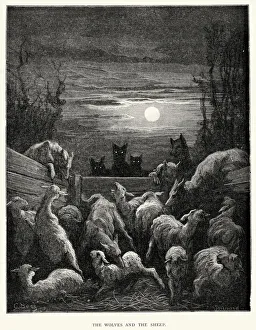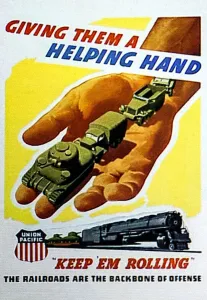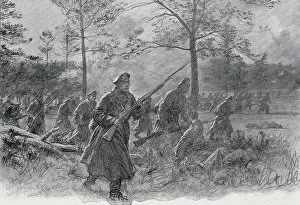Offense Collection
"Offense: A Tale of Wolves and Sheep" In La Fontaine's Fables, the story of "Wolves and the Sheep" teaches us about offense
All Professionally Made to Order for Quick Shipping
"Offense: A Tale of Wolves and Sheep" In La Fontaine's Fables, the story of "Wolves and the Sheep" teaches us about offense. Just like the cunning wolves who preyed on innocent sheep, sometimes we encounter situations where others may try to take advantage of our vulnerabilities. During World War II, Union Pacific Railways used powerful posters like "LA PA WWII KEEP WAR SUPPLIES ROLLING" to encourage offensive action in supporting the war effort. These images depicted a united front against adversity, reminding us that they are be a necessary strategy in times of conflict. In another scene from history, a studio shot captures soldiers donning wigs as they prepare for battle. This symbolizes their determination to fight with every ounce of strength they possess – an offensive stance against their enemies. The metaphorical "Sword Of The Spirit" represents the power within ourselves to defend against offenses aimed at our beliefs or values. It reminds us that sometimes taking an offensive approach is essential when protecting what we hold dear. On the Eastern Front during WWI, progress was made by Russian forces fighting offensively against their opponents. The image portrays their relentless pursuit towards victory despite facing immense challenges – a testament to the strength found in offensive strategies. Shodan's first scene showcases warriors readying themselves for battle with unwavering resolve. Their fierce expressions and poised stances demonstrate how they are be both physical and mental – a forceful mindset that propels them forward towards success. As Verdun was rebuilt after its destruction in WWI, it stood as a symbol of resilience and defiance against those who had caused harm. Offense here takes on a different meaning - rebuilding stronger than before becomes an act of resistance itself. During World War II, Red Army cavalry advanced fearlessly with machine-gun carriages while Cossack troops pushed forward relentlessly towards enemy lines.









